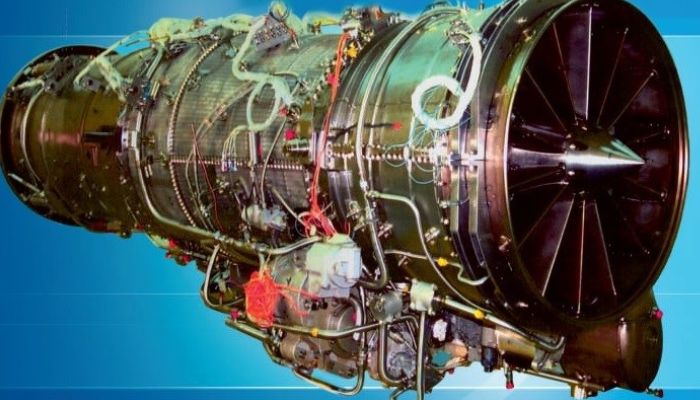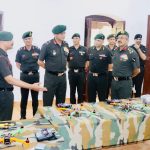India’s Defence Research and Development Organisation (DRDO) has made a critical leap in its indigenous aerospace capabilities, with the Kaveri jet engine currently undergoing advanced testing in Russia. Designed to power the Ghatak Unmanned Combat Aerial Vehicle (UCAV), the engine is now in its final phase of trials, with about 25 hours of testing remaining.
The testing, conducted under Russian supervision with assigned trial slots, represents a major milestone in repurposing the Kaveri engine for unmanned platforms. Originally developed to power the Light Combat Aircraft (LCA) Tejas, the engine was delinked from the program in 2008 due to technical shortfalls. However, recent modifications have enabled its revival in a new role suited for unmanned and stealth applications.
The version undergoing trials is a dry variant, generating 52 kilonewtons of thrust—ideal for powering the Ghatak UCAV, a stealthy, long-range platform aimed at bolstering India’s aerial strike capabilities. Defence officials have also hinted at plans to integrate the Kaveri into an LCA Tejas airframe for demonstration purposes, which could renew its prospects for future manned aircraft.
The Ghatak project forms part of India’s larger Aatmanirbhar Bharat initiative, aimed at enhancing indigenous defense production. It is being developed with support from both public and private sectors. The Indian Navy has reportedly shown interest in deploying the UCAV on its upcoming aircraft carriers and Landing Platform Docks (LPDs), underlining its operational importance. Complementing this effort, DRDO has already tested a scaled-down prototype, the Stealth Wing Flying Testbed (SWiFT), in autonomous flight trials.
The Kaveri engine has faced a long developmental journey marked by early technical setbacks, including turbine blade issues in the 2000s. These challenges led to technical collaboration with French aerospace firm Snecma, helping DRDO address critical design flaws. Today, the program is viewed as a cornerstone of India’s aerospace self-reliance strategy.
With increasing support from defense analysts and policymakers, there is growing demand for additional funding and prioritization of the Kaveri program. As India looks to reduce its dependency on imported propulsion systems like the GE-404 engines currently used in the Tejas, the successful deployment of the Kaveri engine could signal a turning point in the nation’s defense manufacturing landscape.













